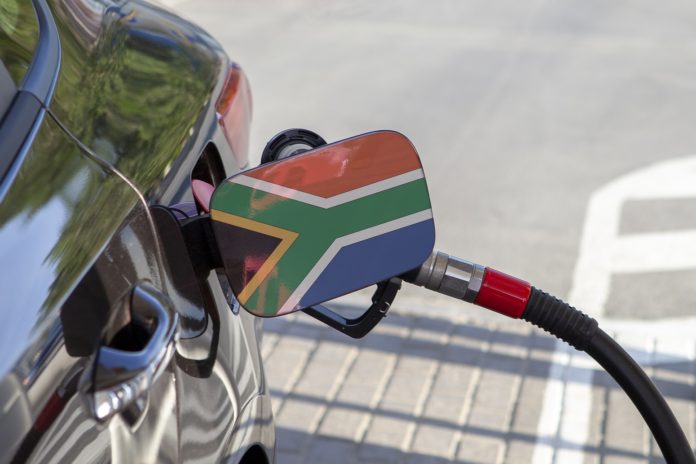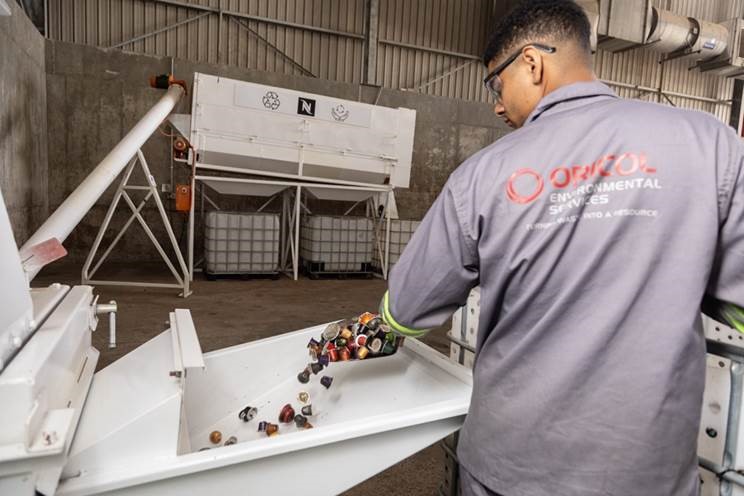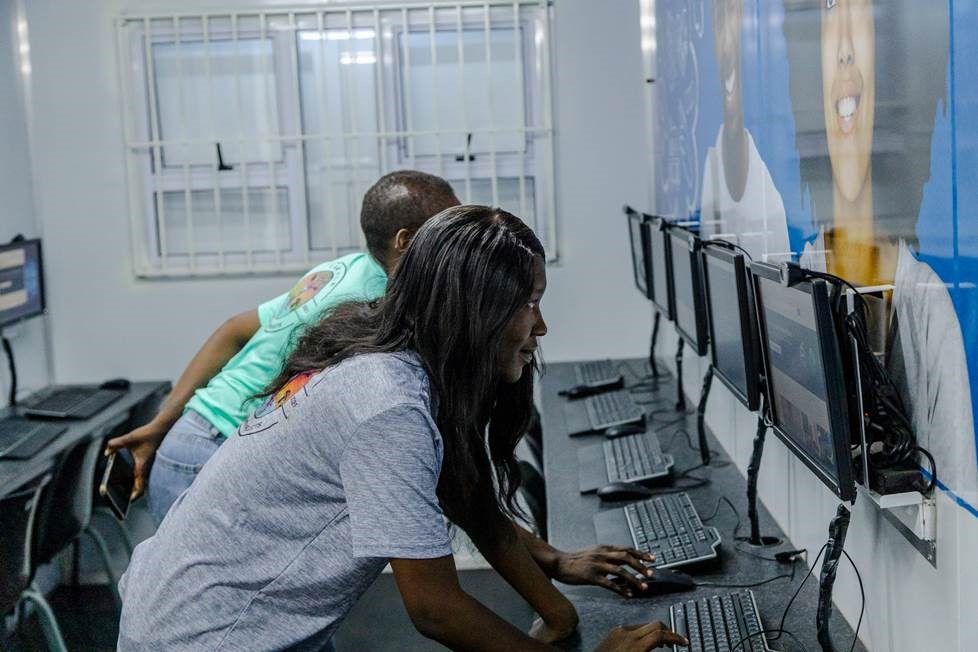With the huge petrol increase that saw 95 unleaded petrol increasing by R1.00 and 93 unleaded petrol by 95cents a litre, consumers are now paying the highest price ever for fuel, making the next tank they fill up the highest to date.
While we cannot reduce the price of petrol, there are some things consumers can do to reduce their fuel consumption and overall vehicle running costs to save in the long term.
“South Africans are notoriously aggressive drivers, and while they may vent their frustration at the high fuel price in their driving behaviour, aggressive driving increases fuel consumption, and therefore fuel costs,” explains Nunben Dixon, Head of Automotive at Gumtree.
“Speeding, harsh acceleration and braking, and racing between traffic lights all increase fuel consumption by up to a third – so choosing to be a calmer driver helps reduce one’s monthly fuel expenses.”
Other ways that drivers hit hard by the latest fuel price hike can keep fuel costs under control include:
- Plan your trips to allow enough time to avoid feeling rushed. The most fuel-efficient way to accelerate is to take up to 20 seconds to get to 80km/h, with a gentle start in the low gears, a more rapid move through the middle gears, before settling into the more economic higher gears. If your vehicle has a computer that tracks fuel consumption, use it.
- Limit your use of air conditioning – but don’t replace it with opened windows. While your car’s air conditioner can account for as much as 5% of your fuel bill, it causes the greatest fuel consumption when the vehicle is idling. Rather turn the air conditioner up once you’ve reached full speed for the most efficient use of your car’s resources – and keep the windows closed, which reduces drag and further saves fuel.
- Invest in the best or your car – and keep them properly pumped. A vehicle’s tyres play a huge role in its fuel economy, so buy the best you can afford, make sure that they’re properly aligned and balanced, and that they’re inflated to the correct level. Check wear and tear regularly, as this could impact alignment and performance too.
- Taking a more leisurely approach to driving between traffic lights doesn’t just save on fuel – it keeps other costs down too. Braking less harshly means that your brake pads last longer, as do you tyres, which means that you’ll spend less on long term maintenance. This is particularly important as tyres are not cheap, and they’re also not typically covered by motor plans.
- Choose the vehicle you need… and not the vehicle you want. While it may be tempting to buy that glorious gas guzzling roadster with the big growly engine, that’s the car that’s going to consumer the most petrol – particularly if your driving is mostly in urban areas. If you already own a gas guzzler, now may be the time to look for something more economical, and a little more fuel efficient. s
“Technology has changed the way we shop for big and small ticket items – and it can also change the way we drive,” says Dixon. “Use applications like Waze or Google Maps to plot your routes around traffic jams that drive up your fuel consumption and use recently adopted remote and flexible working hours to do your work commute outside of peak traffic hours, for maximum fuel efficiency.”
Provided by Gumtree







































